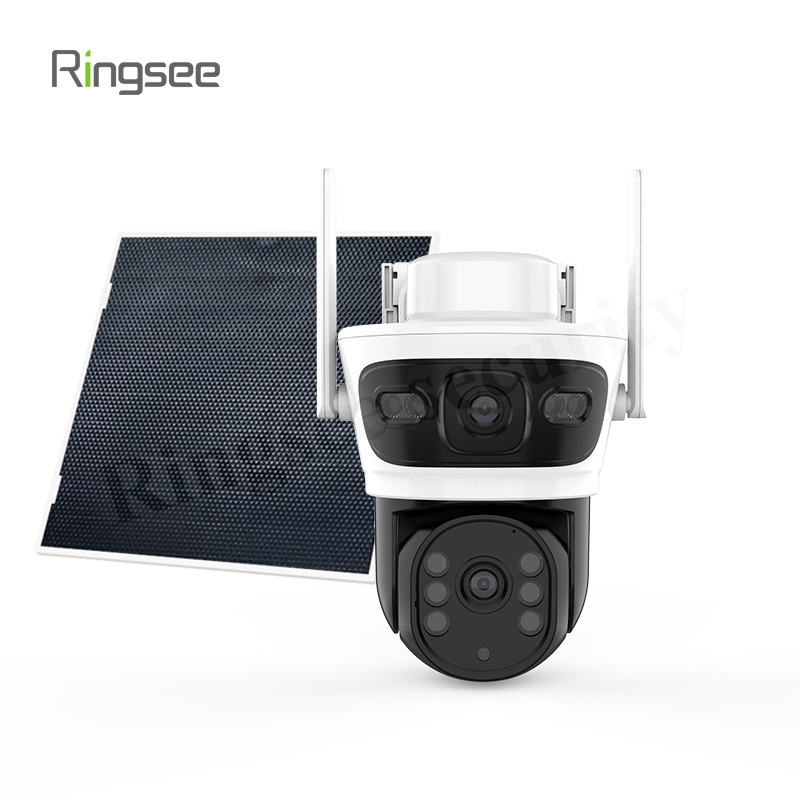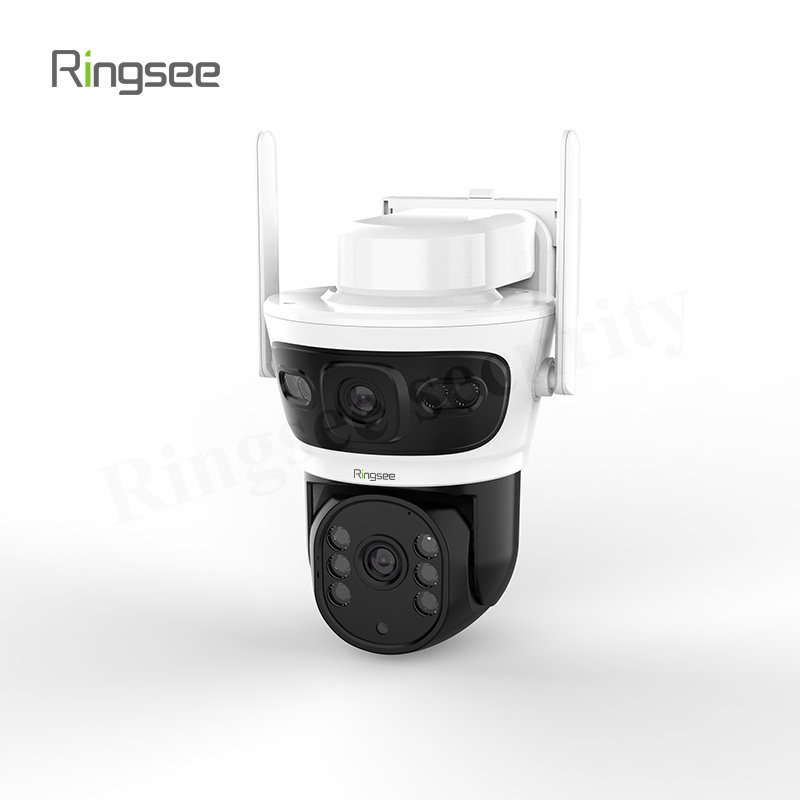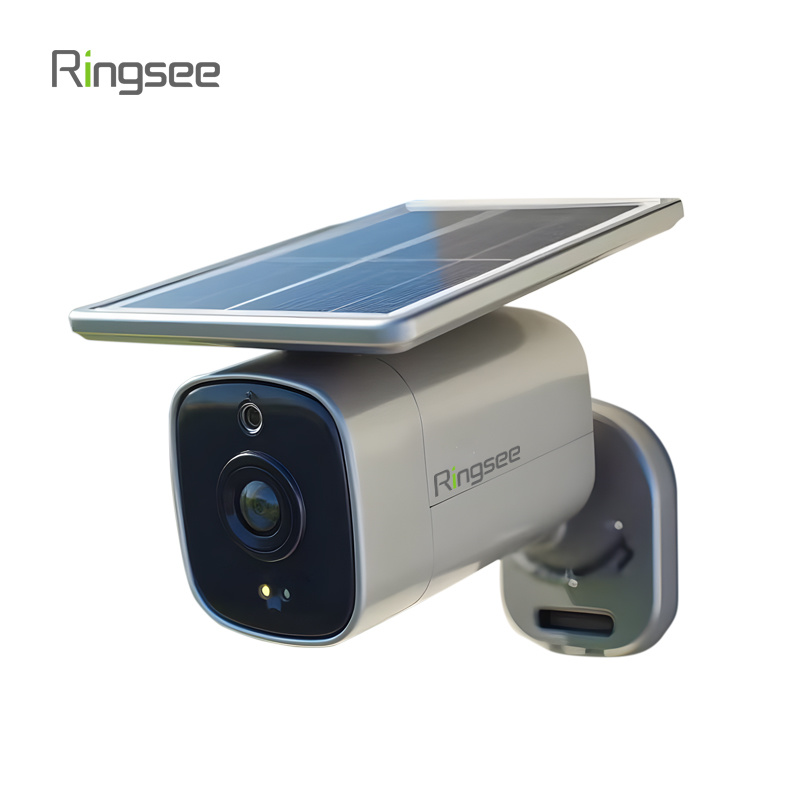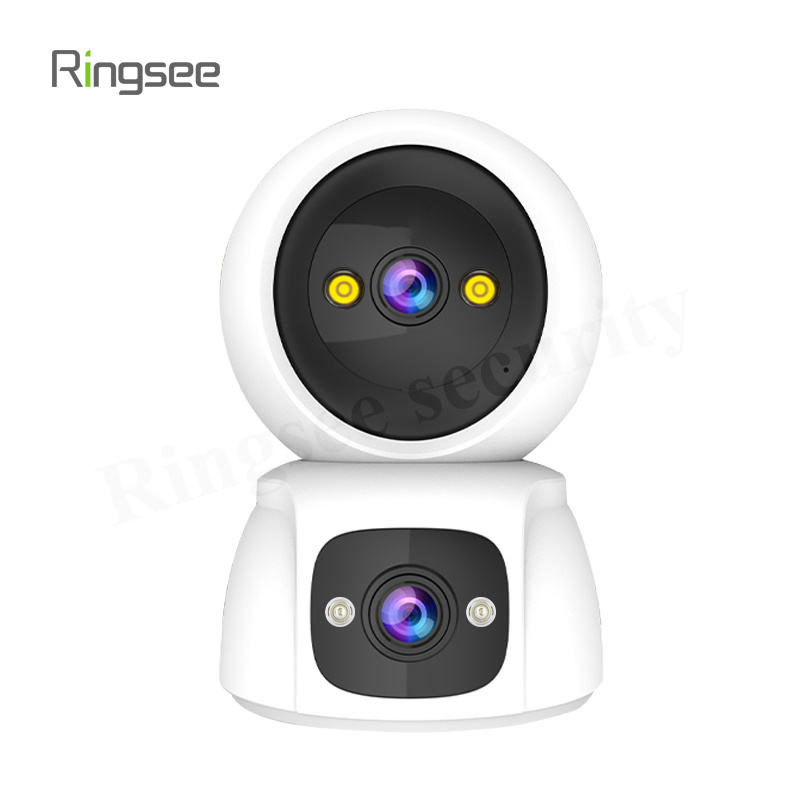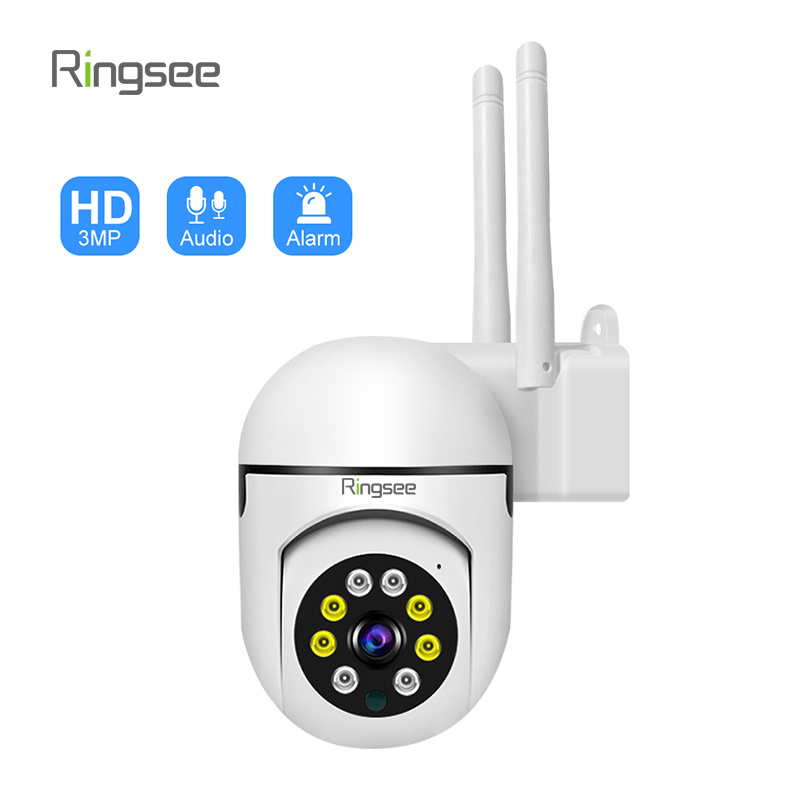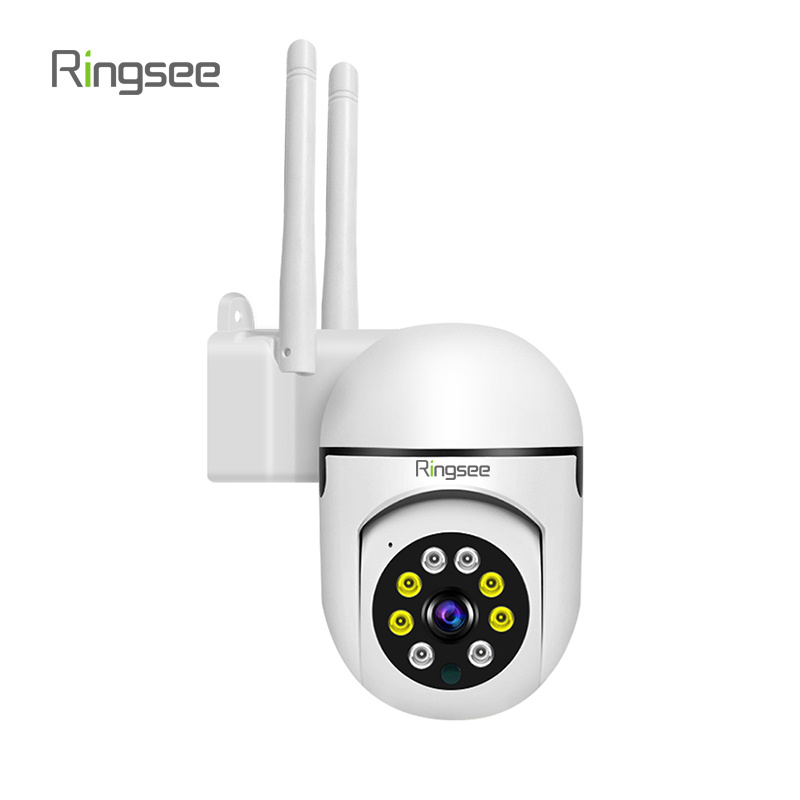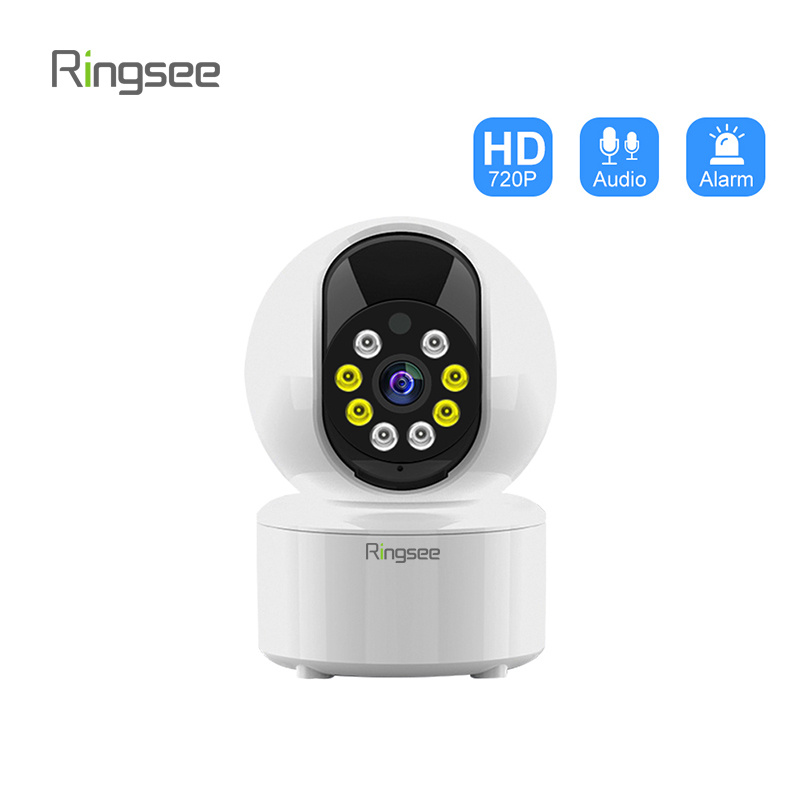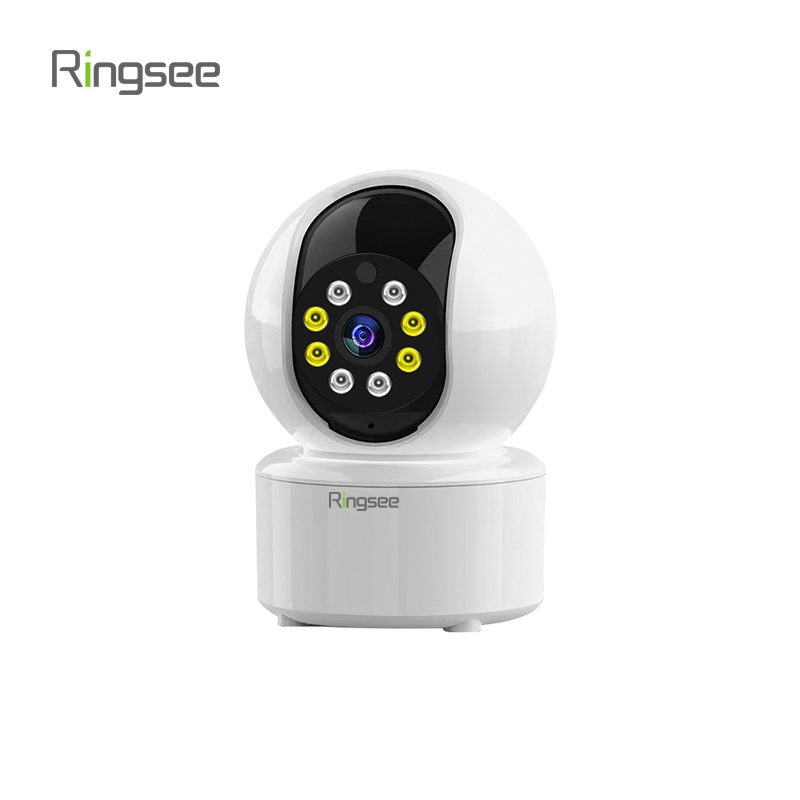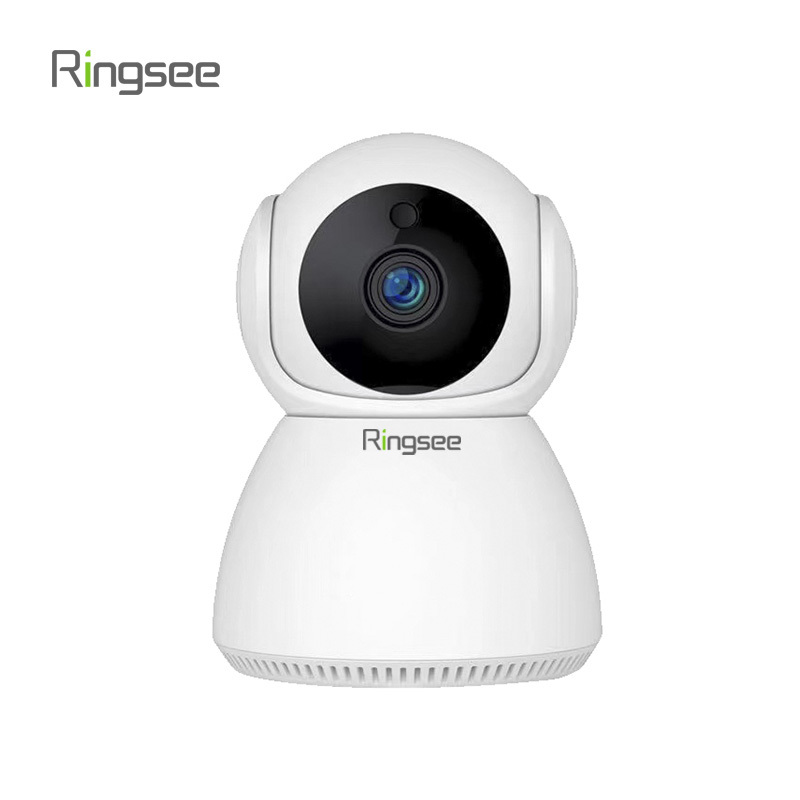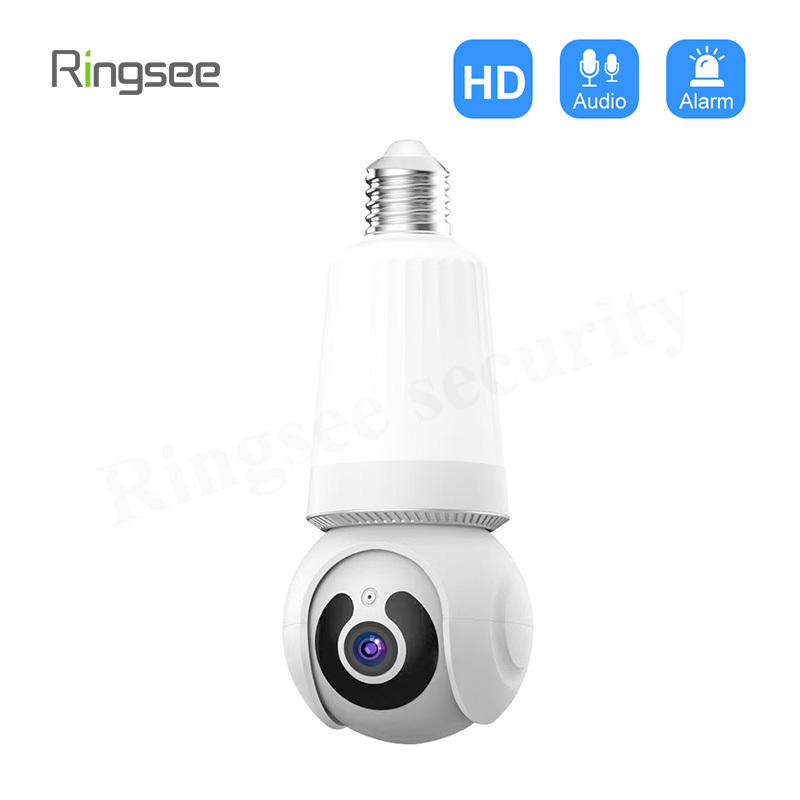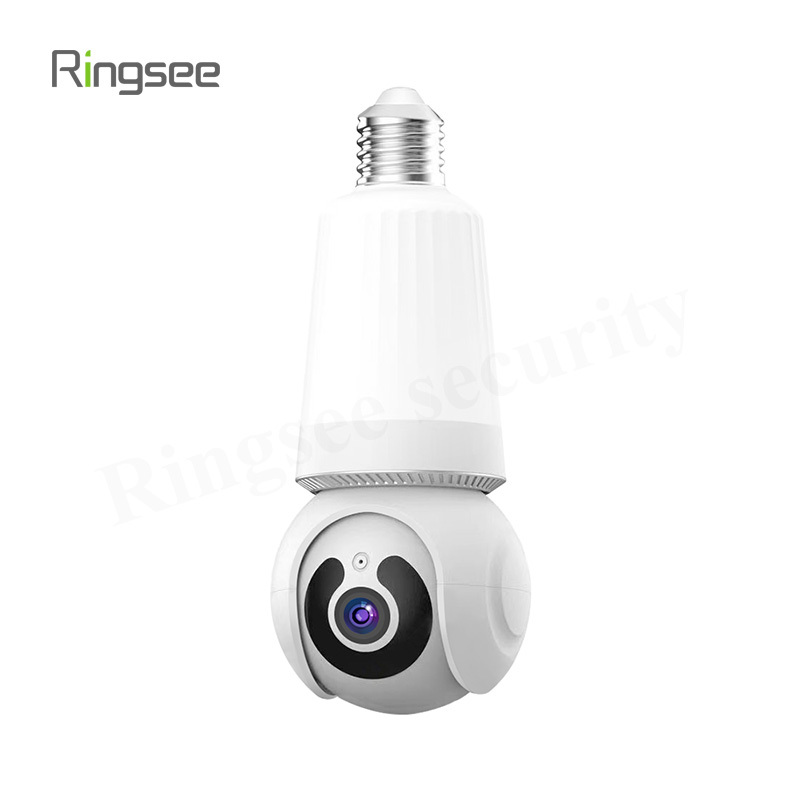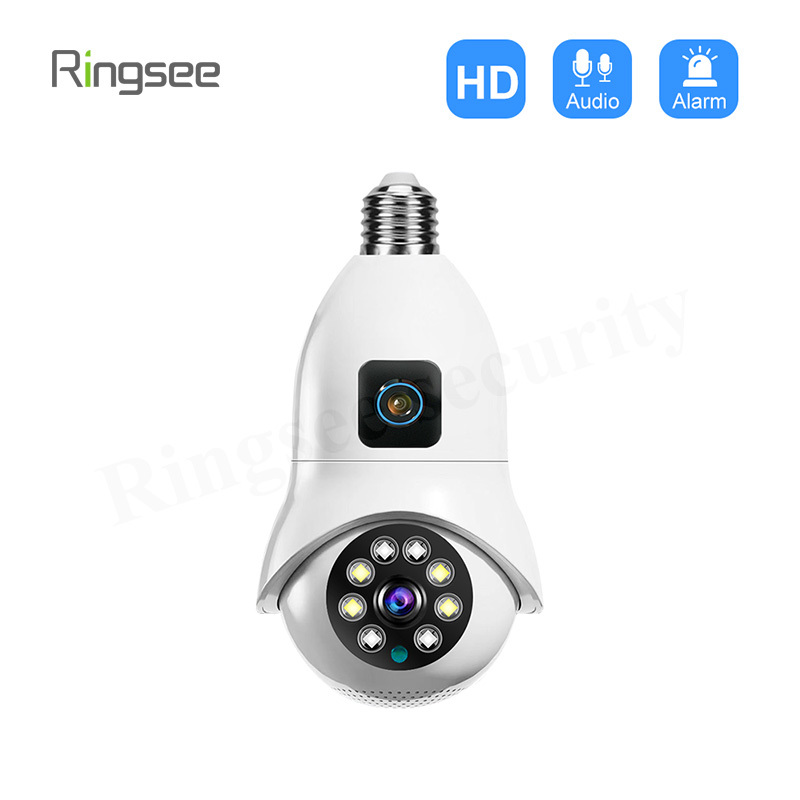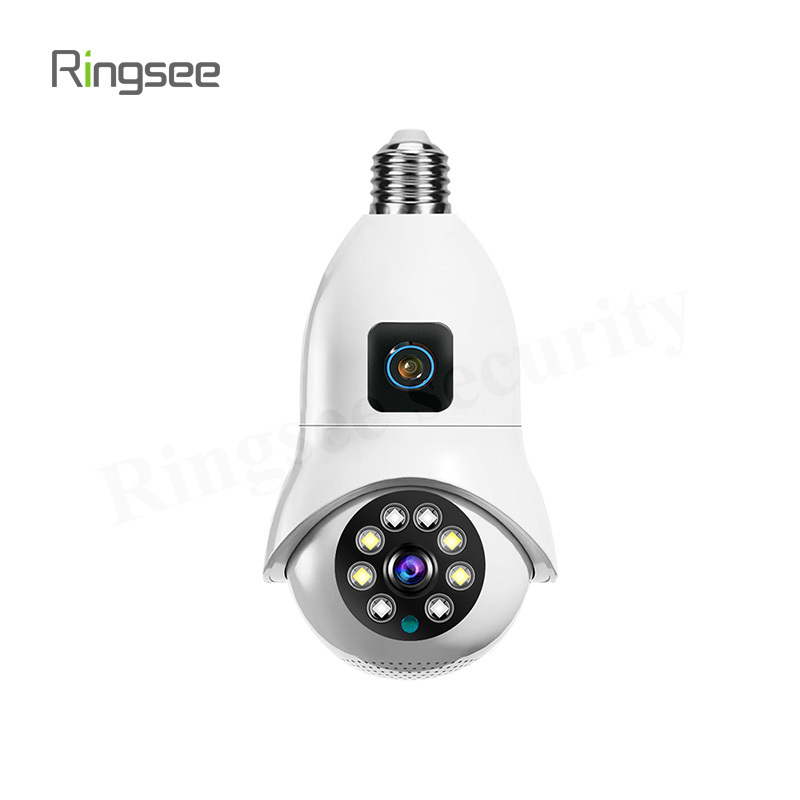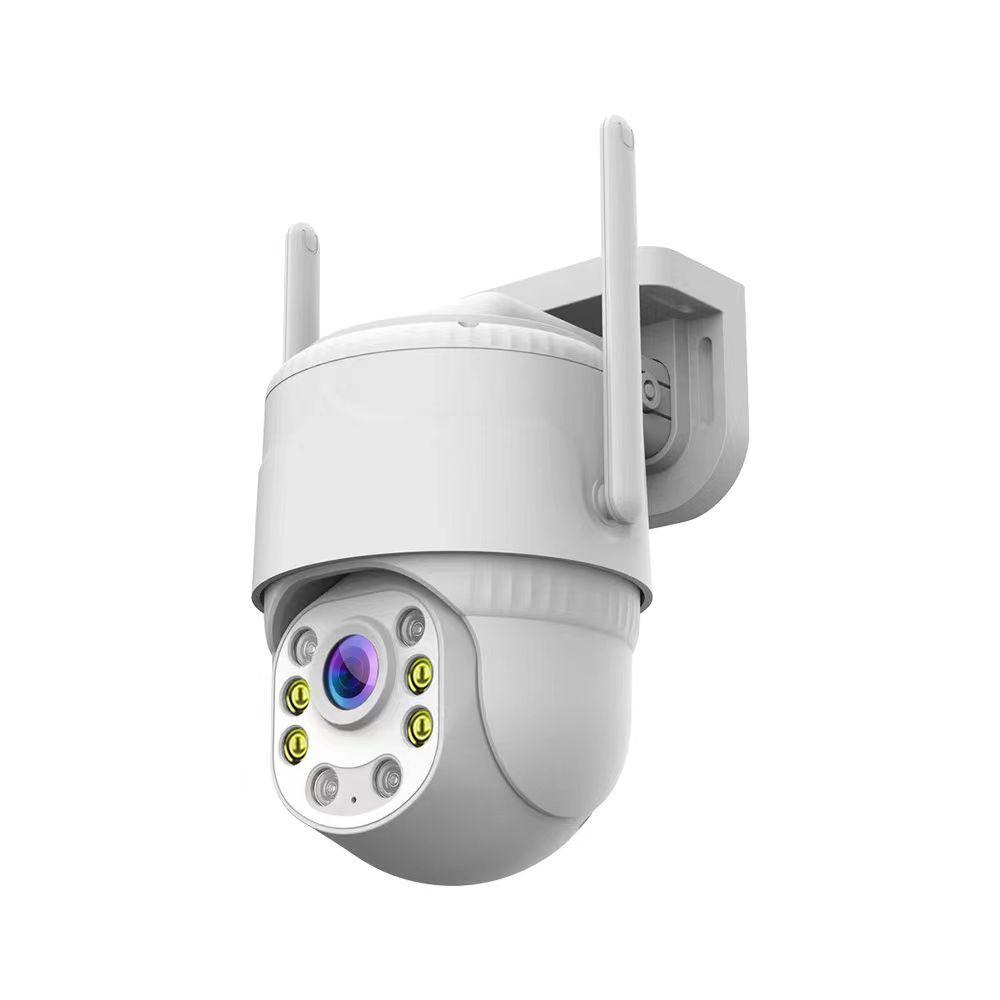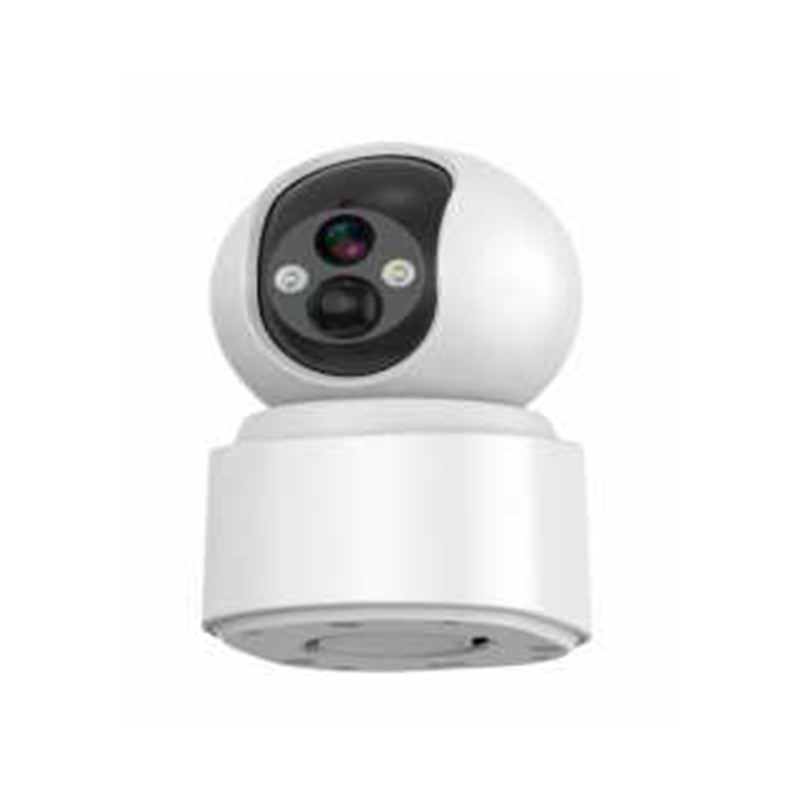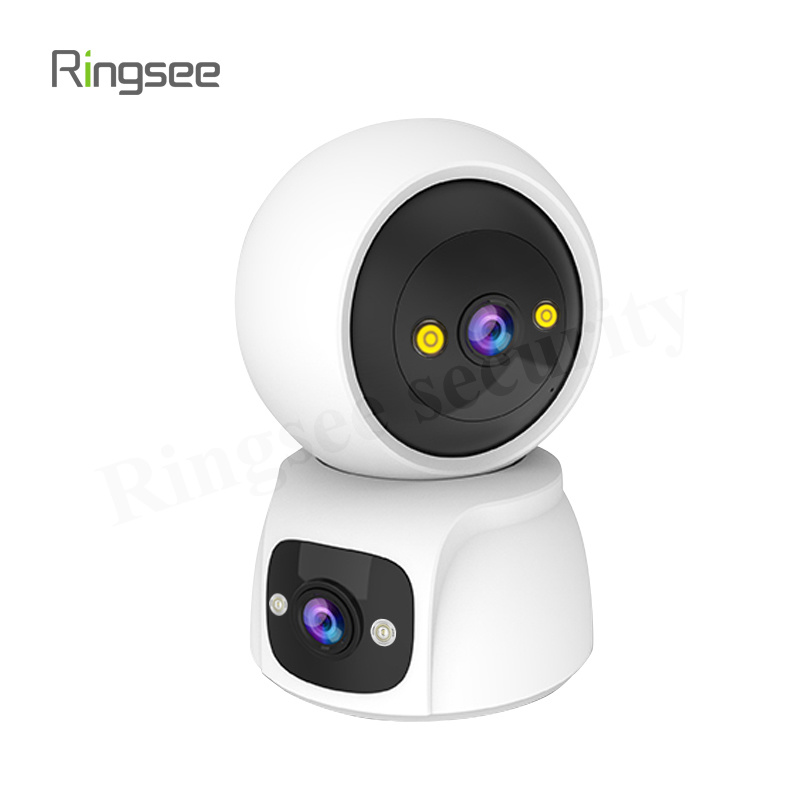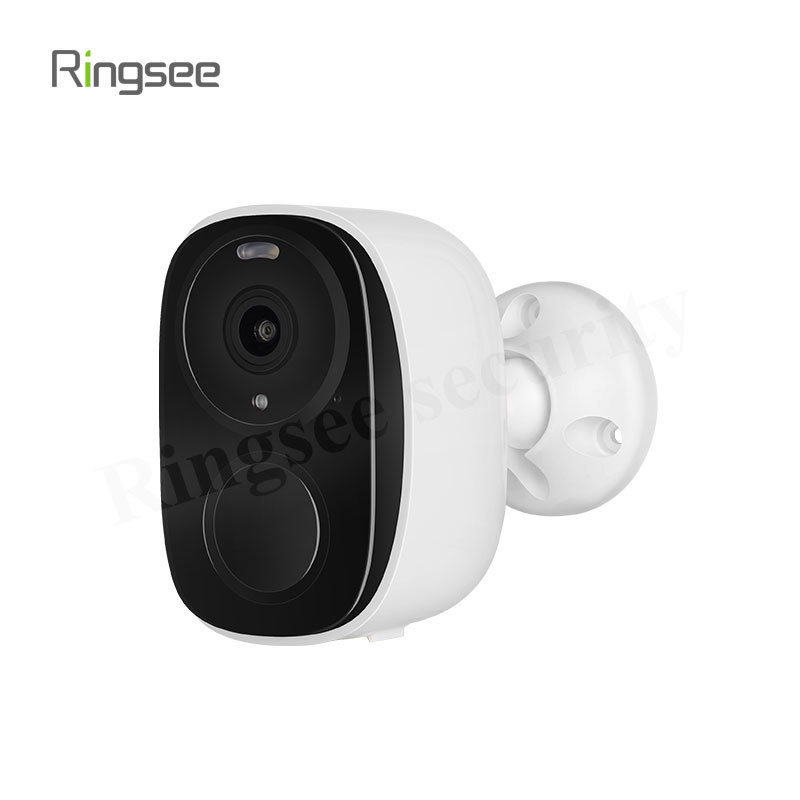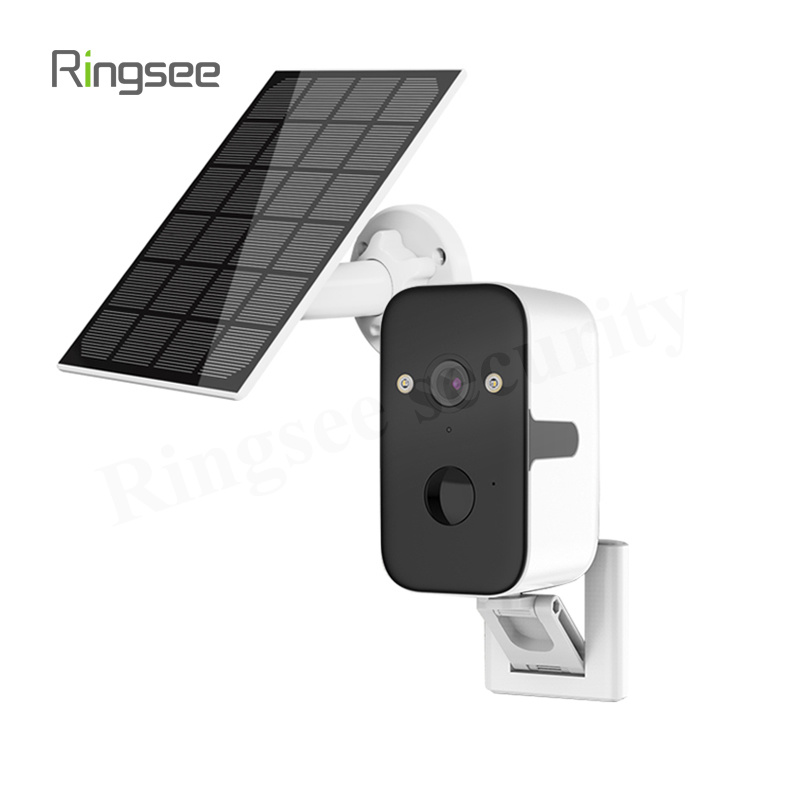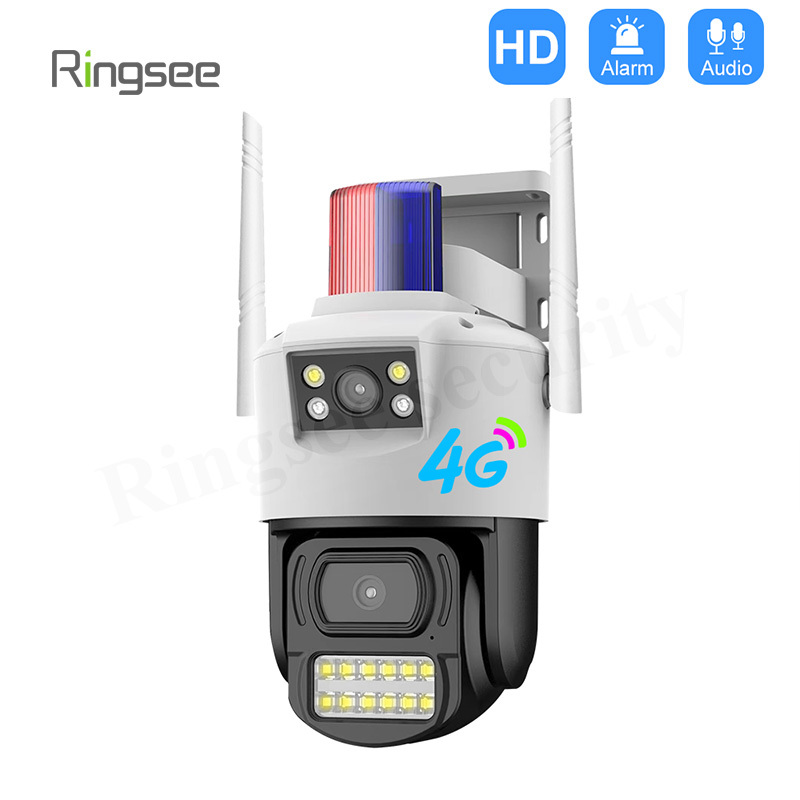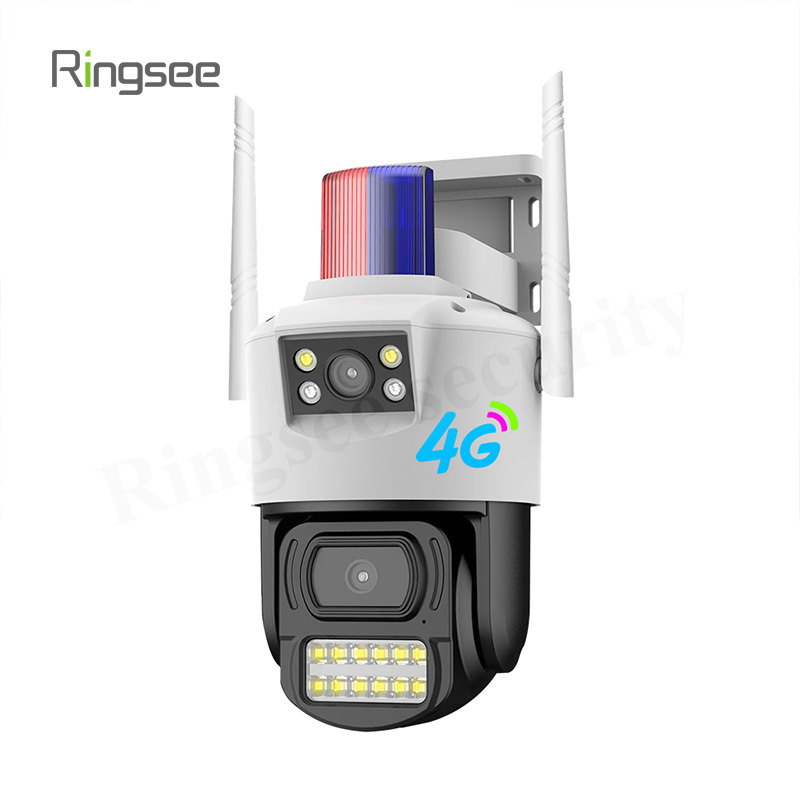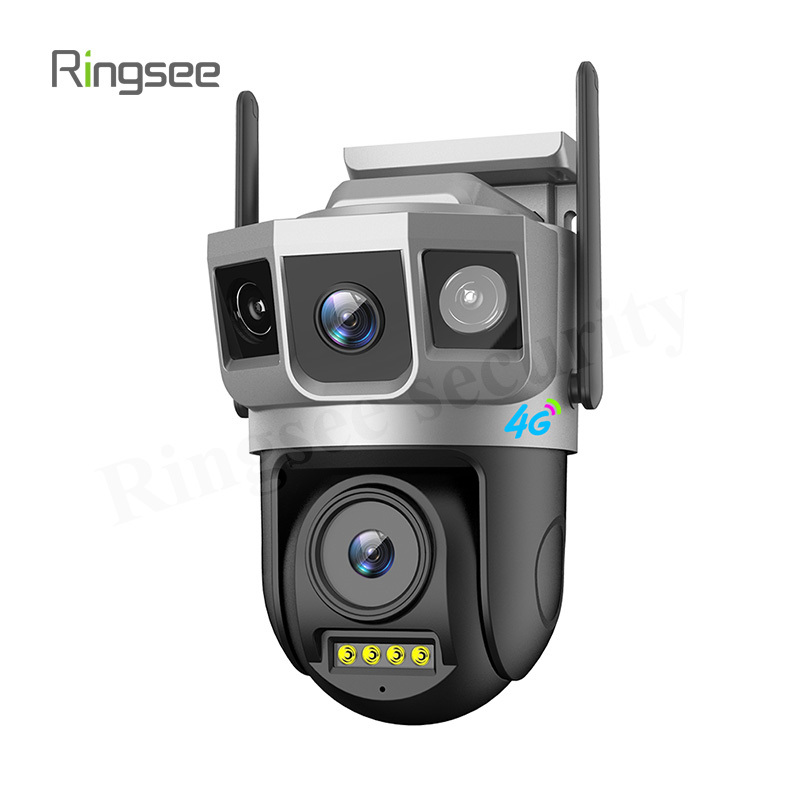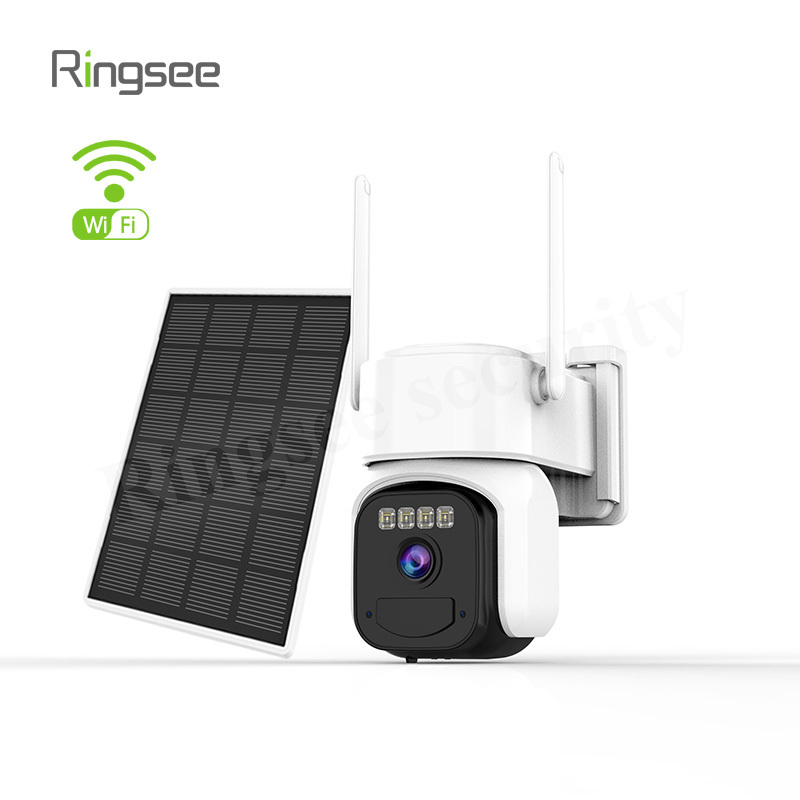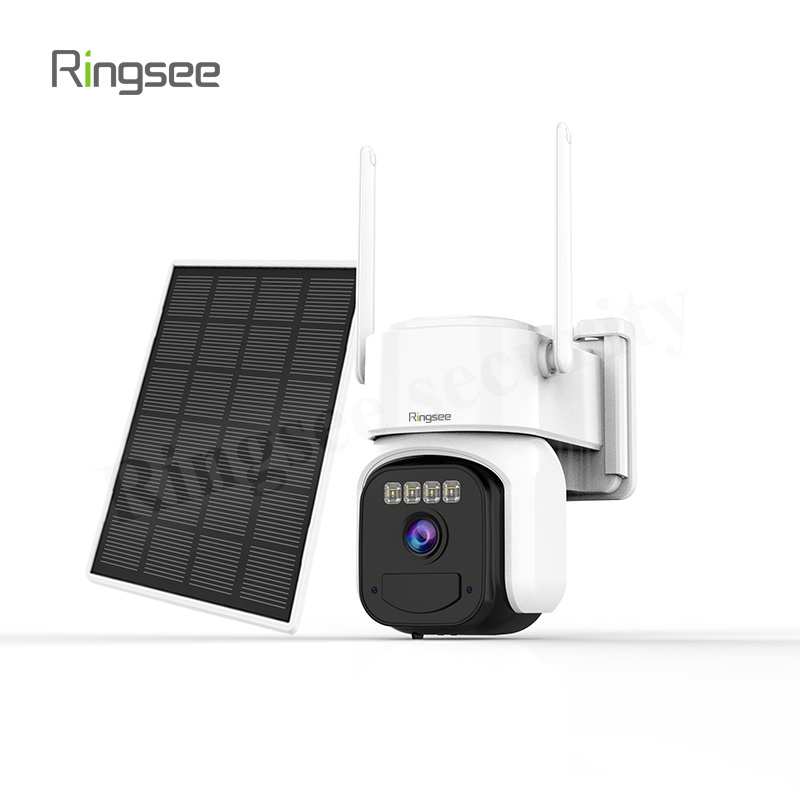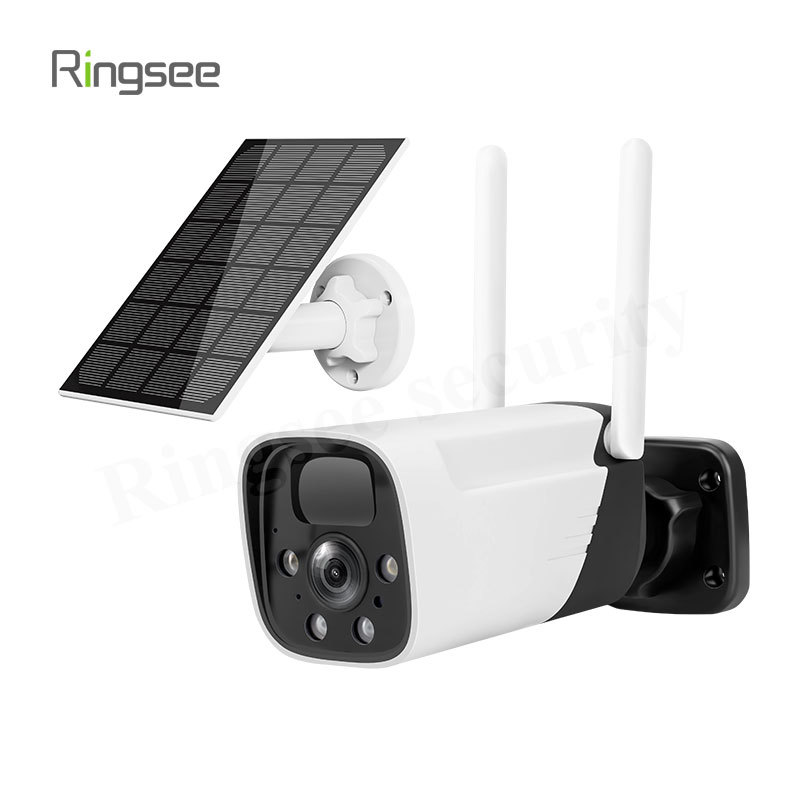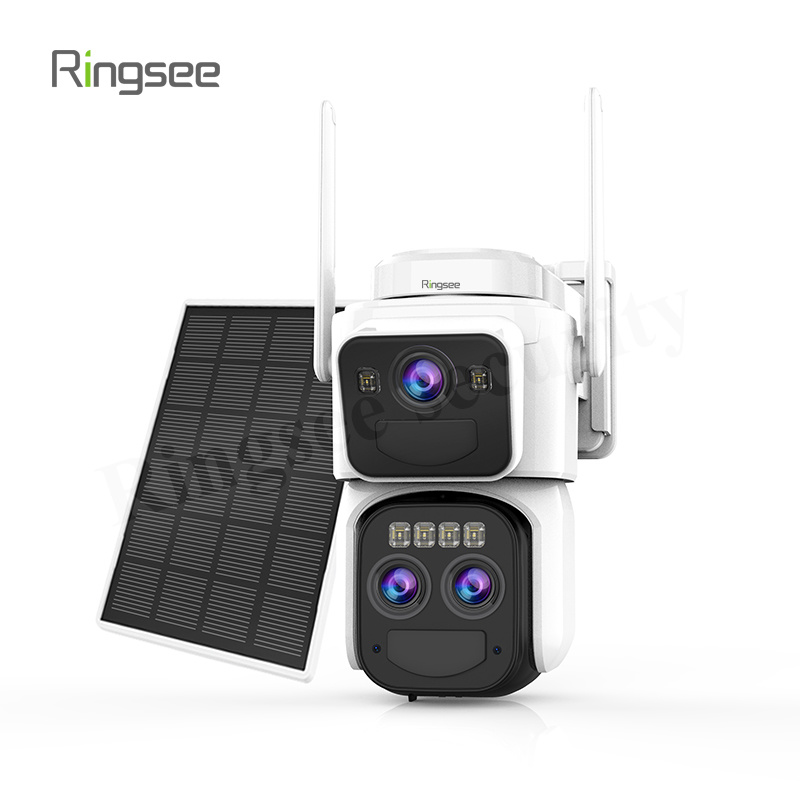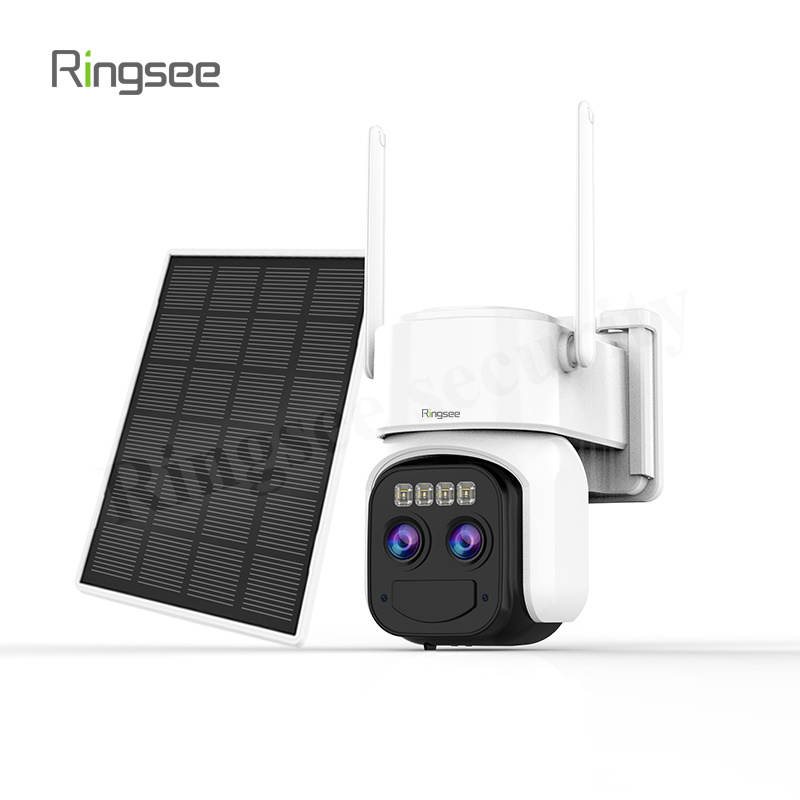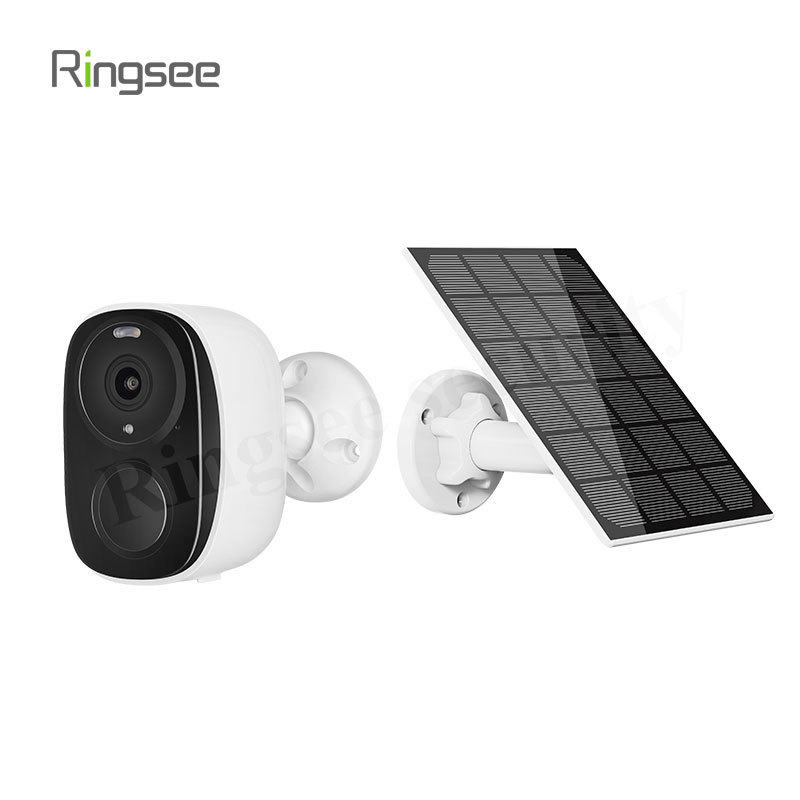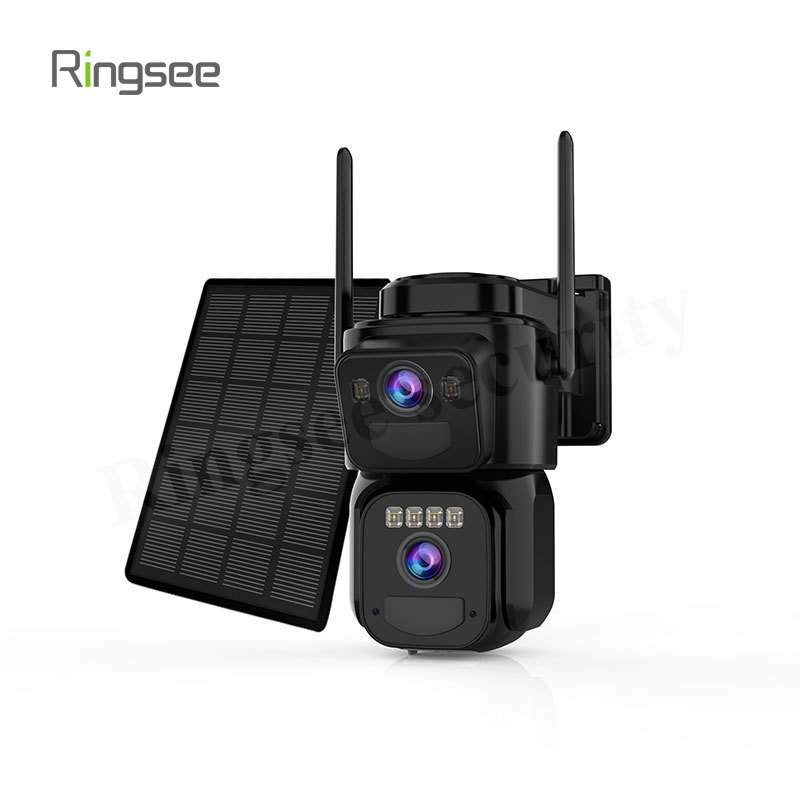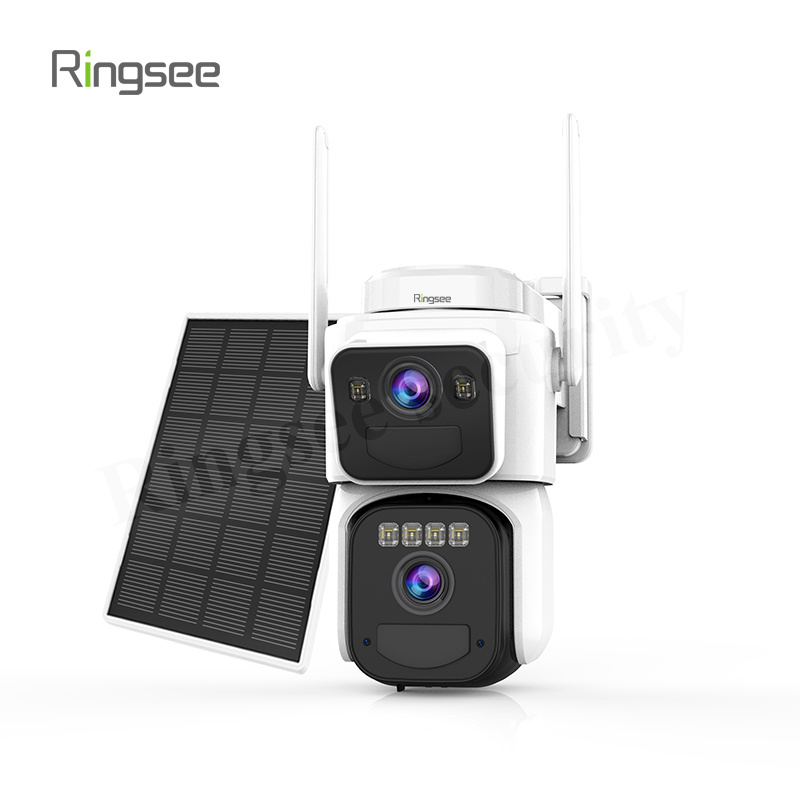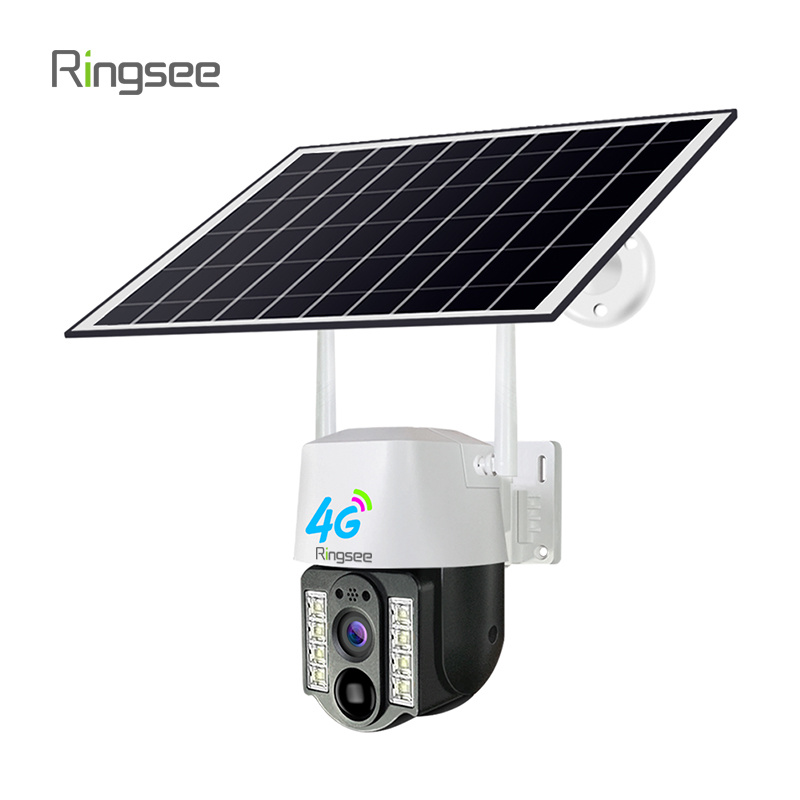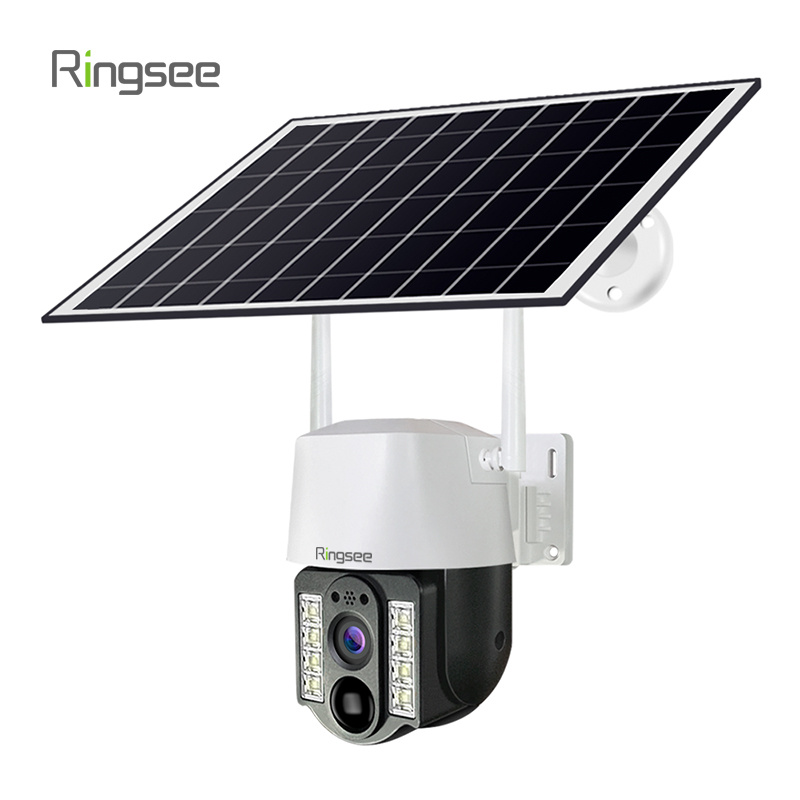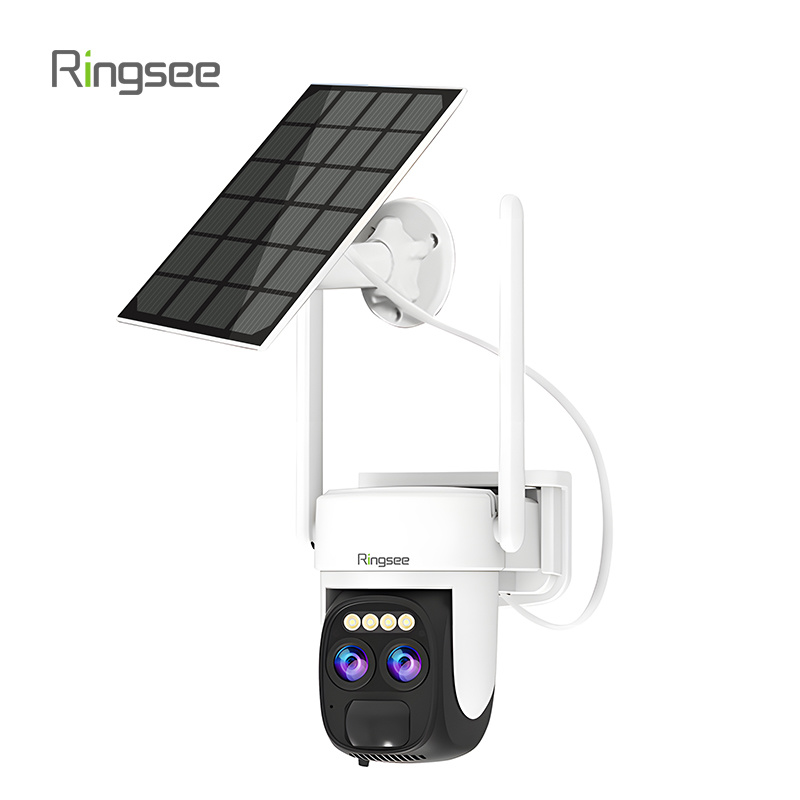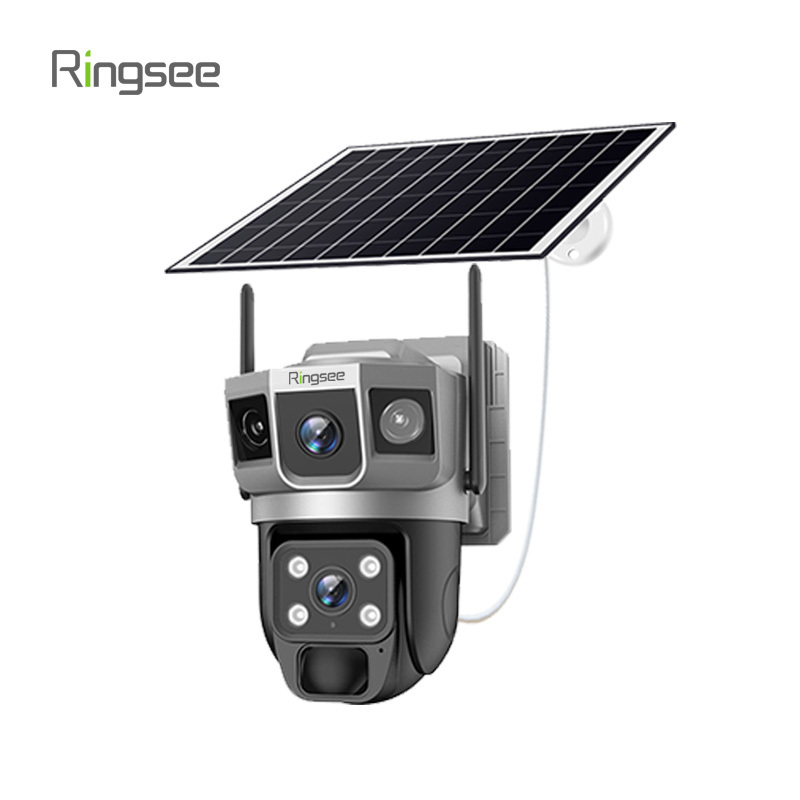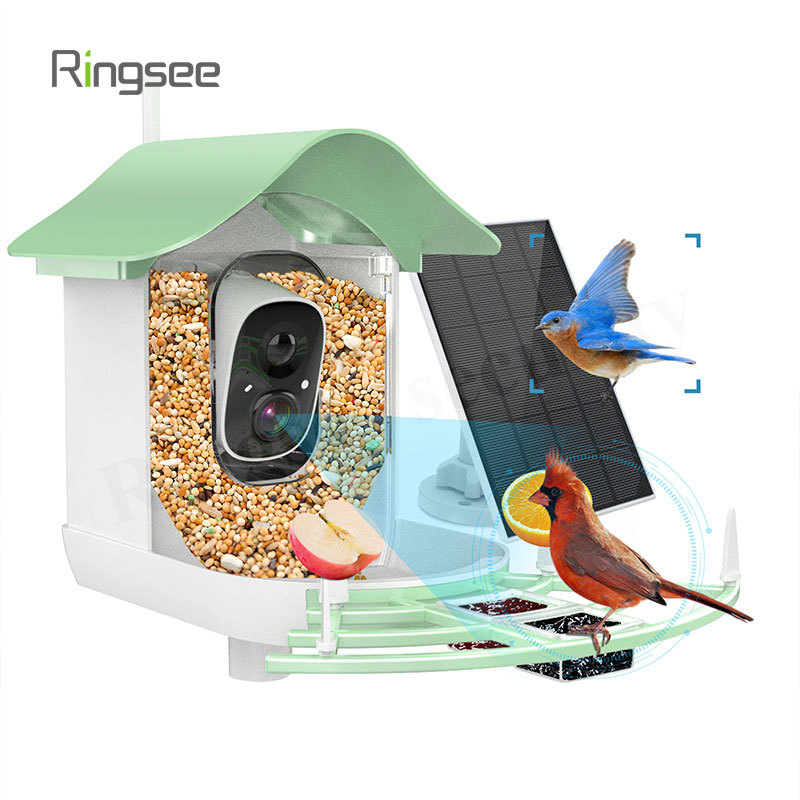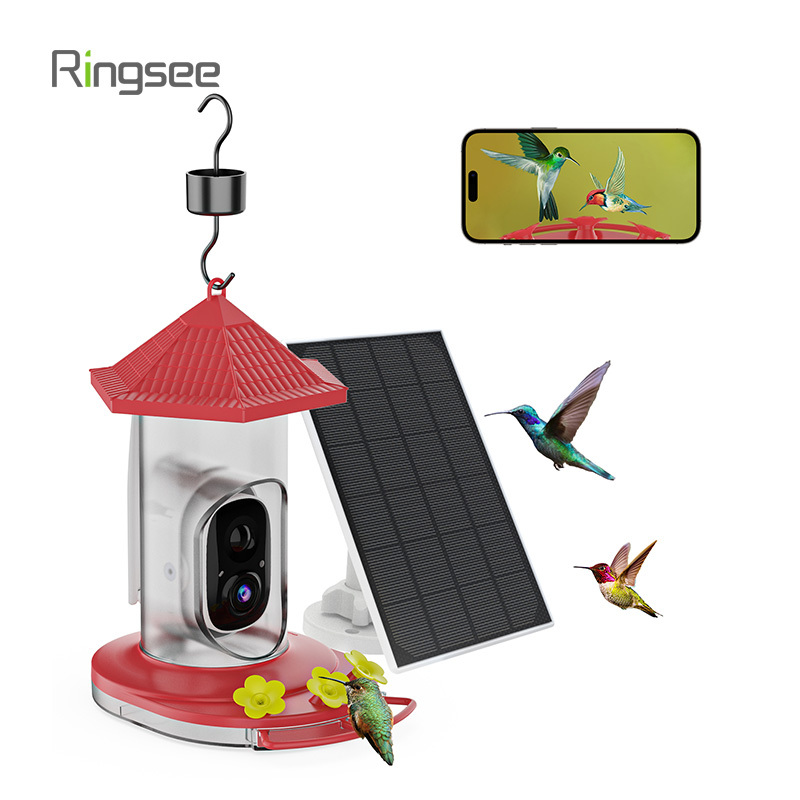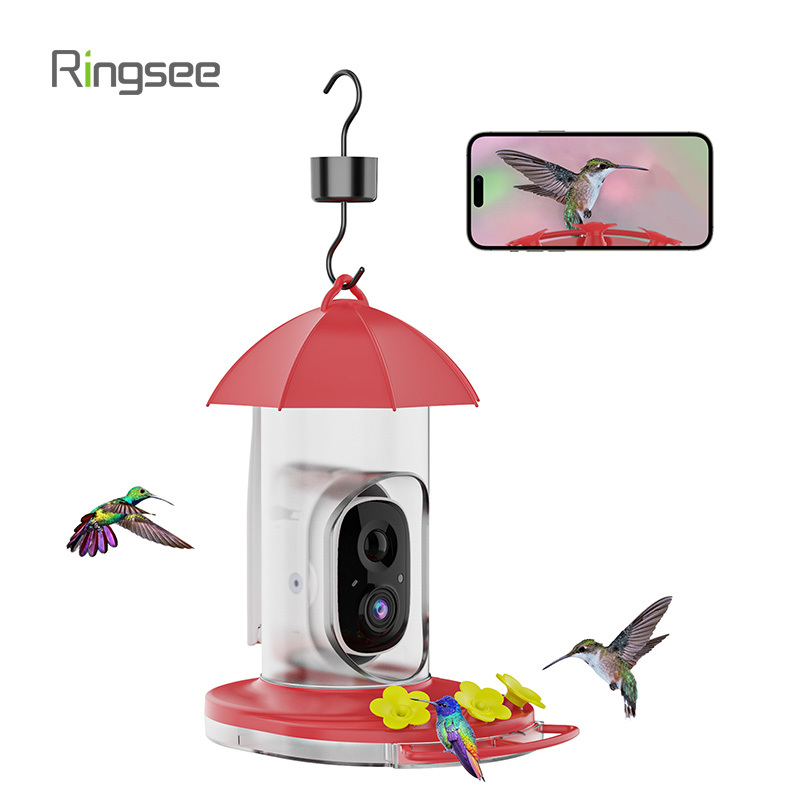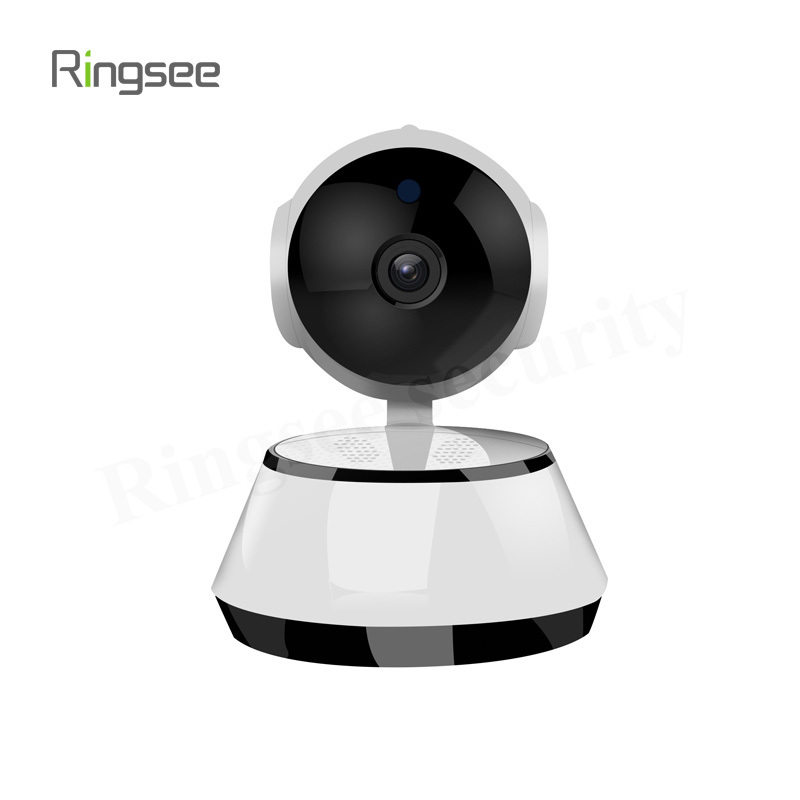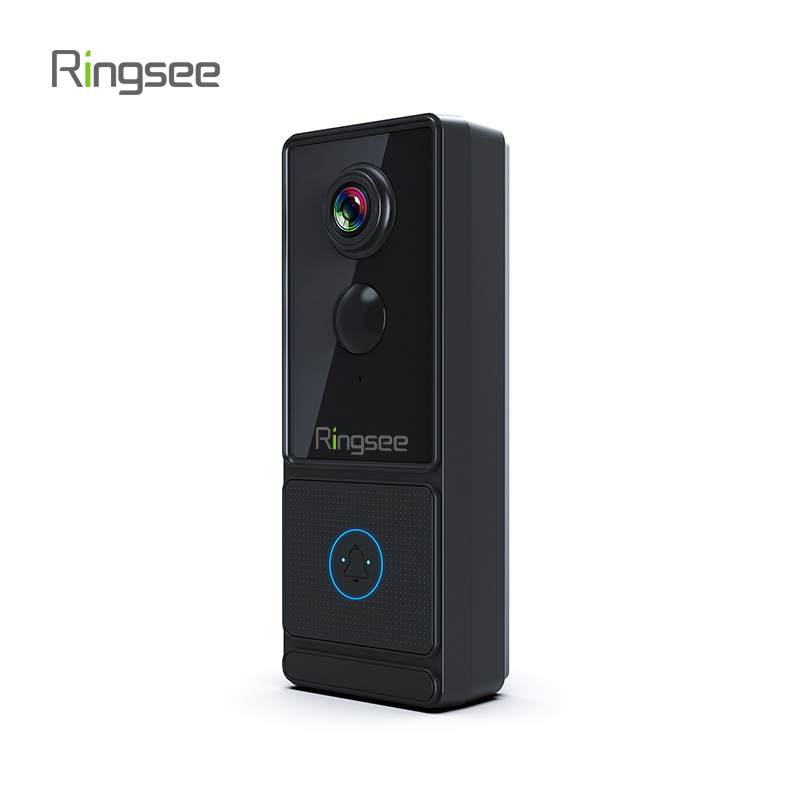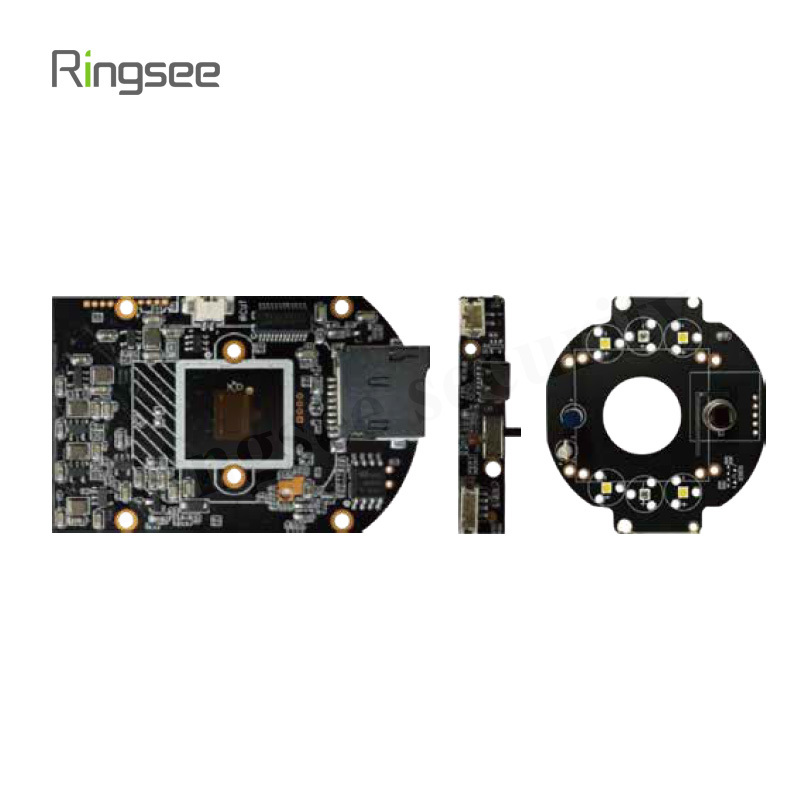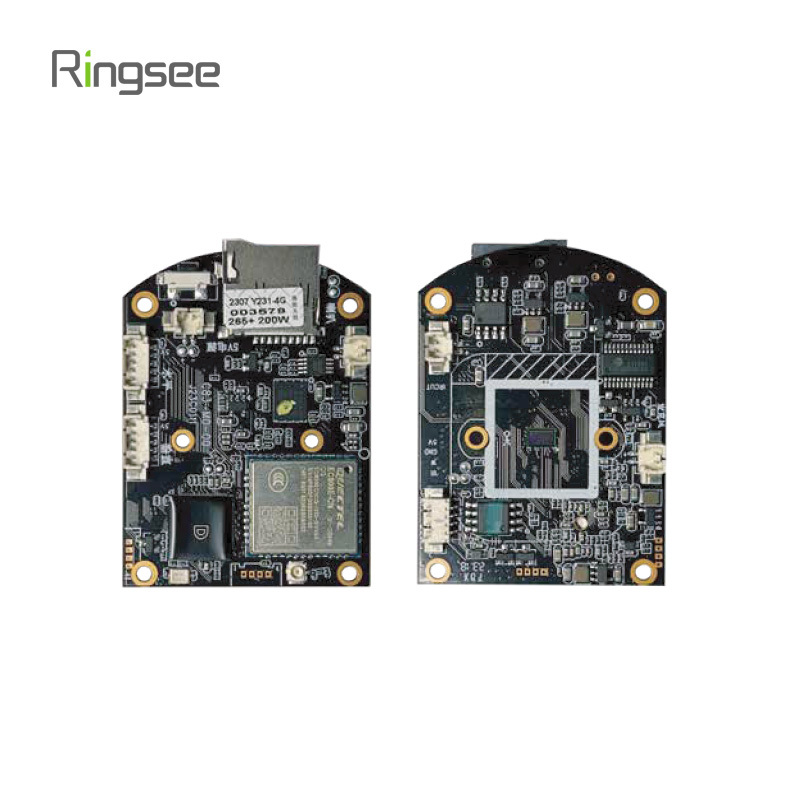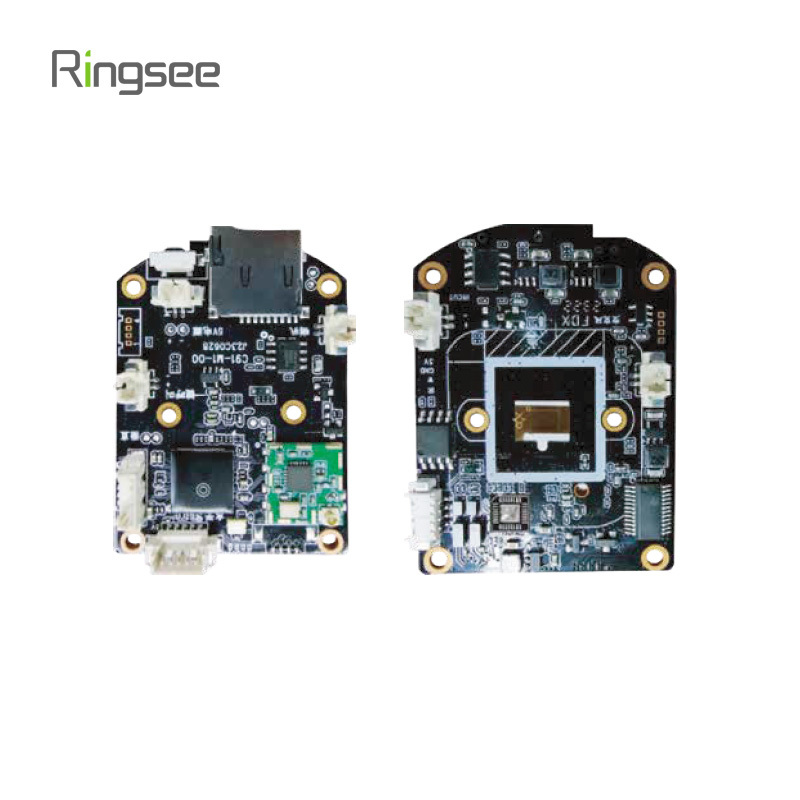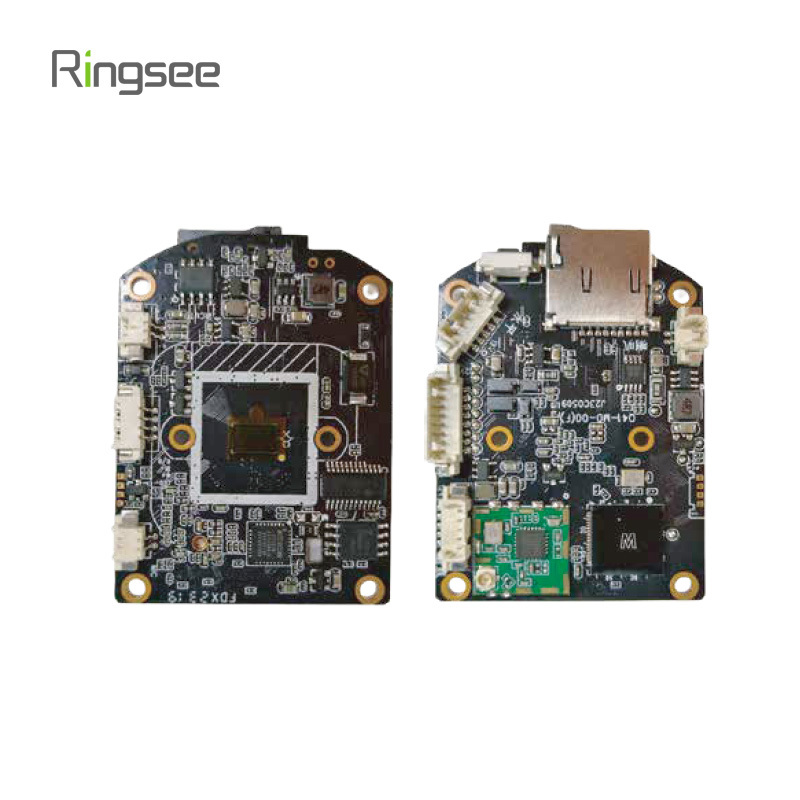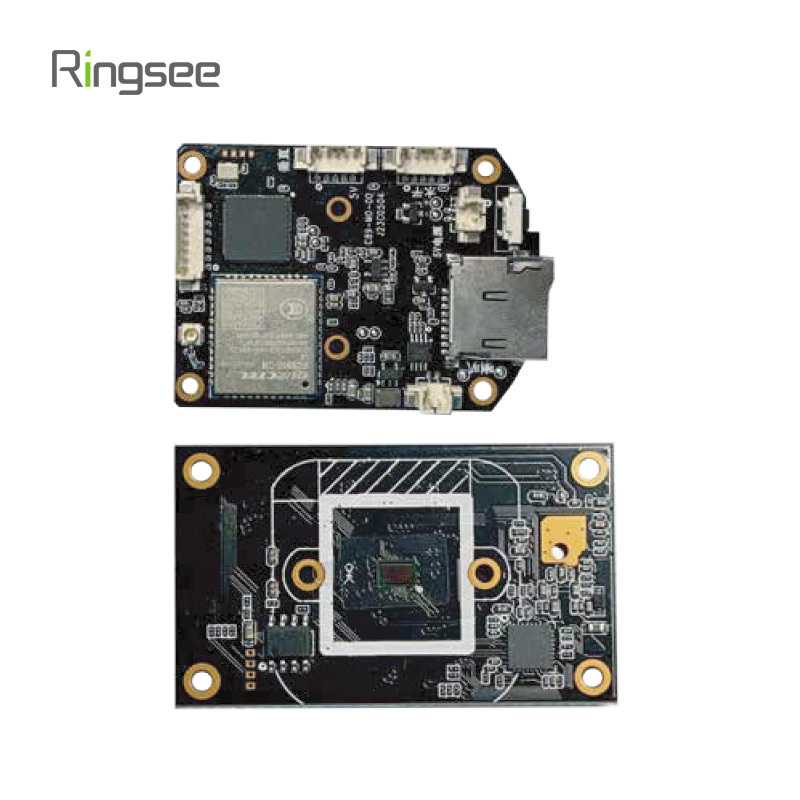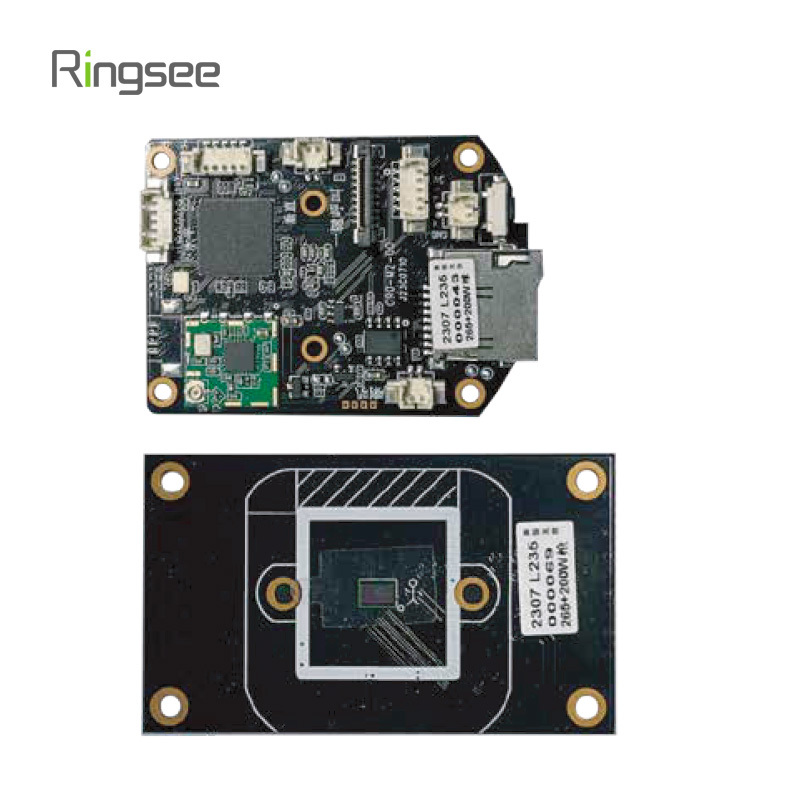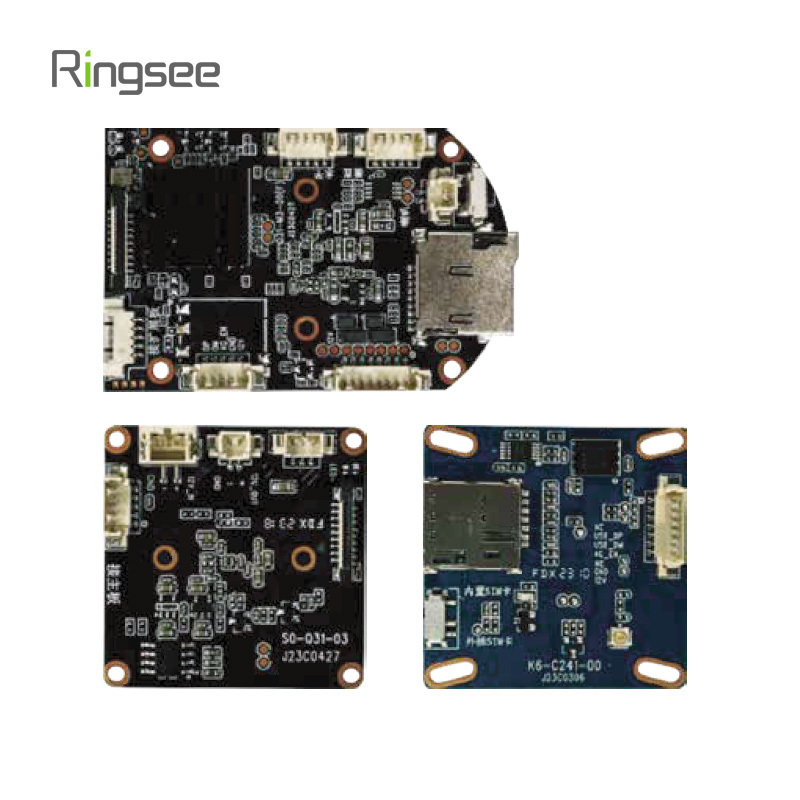How China’s Security Camera Market Is Evolving: Scale, Players, and Strategic Trends
Publish:
2025-10-11 10:03
Source:
https://www.ring-see.com
Executive summary
China’s security camera market is a global leader in scale, technology adoption, and manufacturing capacity. Over the last several years the market has expanded from basic CCTV hardware into a layered ecosystem that combines edge AI, 4G/5G connectivity, cloud services, and OEM/ODM manufacturing for worldwide distribution. This article explains market size and growth signals, the competitive landscape, key technology and business-model trends, regulatory headwinds, and implications for suppliers and buyers.
Market size and growth outlook
China’s surveillance camera market is large and expanding rapidly. Recent industry estimates place the China surveillance-camera market revenue above USD 20 billion in 2024, with multi-year forecasts projecting double-digit growth through the end of the decade. Global and regional forecasts also show robust demand for video surveillance and AI-capable cameras, with broad market projections pointing to high single- to low double-digit CAGRs for the next 5–7 yearGrand View Research
What that means: China remains both a huge domestic market (public security, smart city projects, transport, commercial and residential security) and the primary manufacturing base for global camera exports.
Competitive landscape: market leaders and industry structure
The China market is concentrated but layered:
Large incumbents (often household names in the industry) continue to hold a major share of end-to-end solutions (camera hardware, NVR/DVR, VMS, cloud services). Recent market-share reporting shows that a small set of vendors account for a significant portion of China’s installed base—together controlling roughly around 50–60% of the market in recent reporting. Mordor Intelligence
Below this top tier, a large number of mid-sized firms and hundreds of OEM/ODM specialists (many located in Shenzhen, Hangzhou and surrounding supply-chain clusters) supply white-label devices and customized modules for both domestic integrators and foreign brands.
Implication for buyers: Buyers can choose between vertically integrated vendors offering full-stack solutions or flexible OEM suppliers for private-label and customized hardware — a dynamic that keeps equipment prices competitive while accelerating product-feature cycles
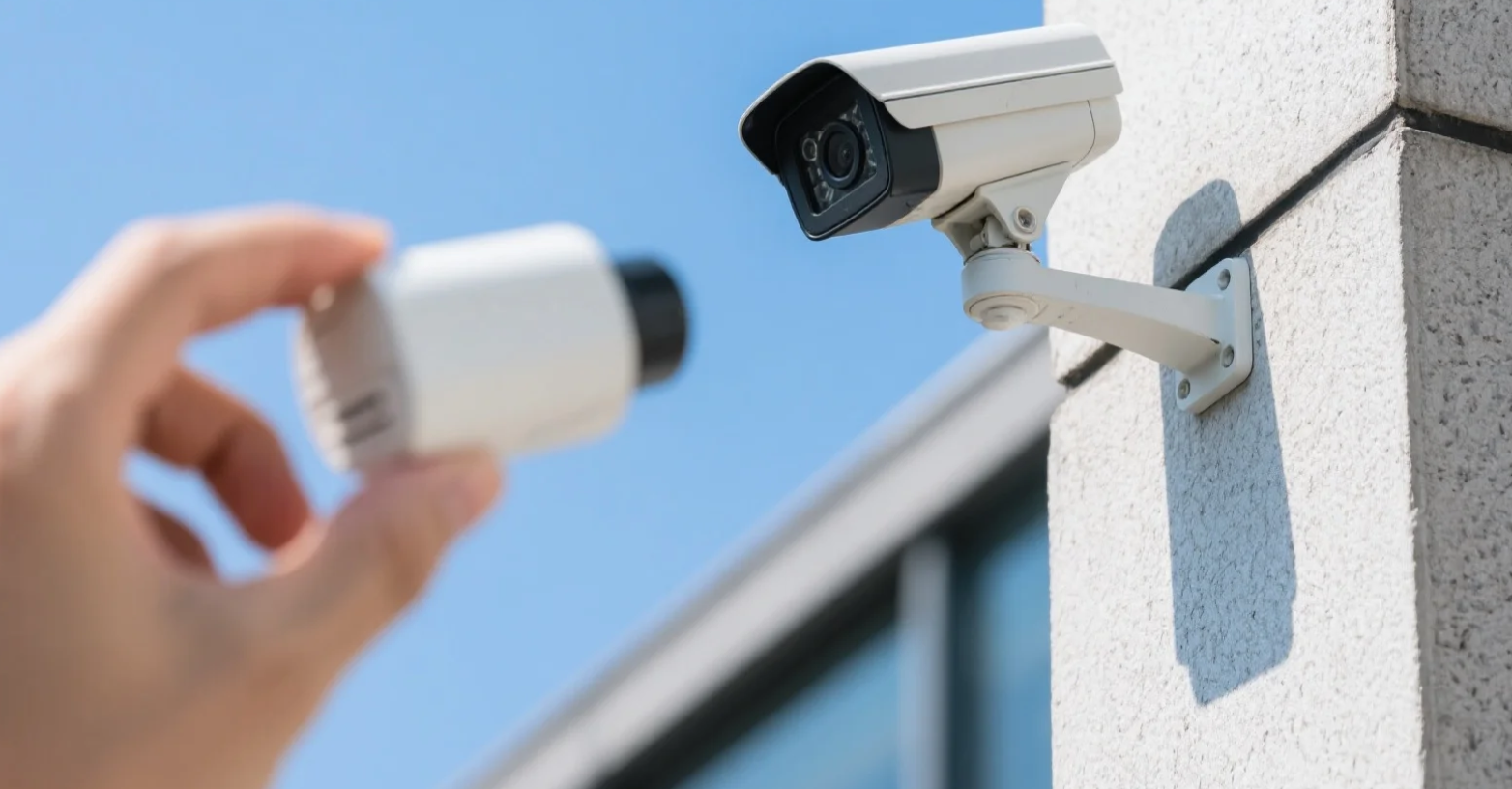
Technology drivers — the move to intelligent, edge-first cameras
Three technical trends are shaping product differentiation:
Edge AI: Cameras now routinely include on-device AI (person detection, vehicle recognition, behavior analytics) to reduce latency, network bandwidth and cloud-processing costs. Edge inference also helps meet privacy and compliance demands by keeping raw video local.
Connectivity & hybrid storage: Cellular (4G/5G) and hybrid deployments (edge + cloud) are rising—especially for remote sites, temporary monitoring, and outdoor solar-powered solutions. Cloud VMS and analytics are growing as bandwidth and trust models evolve.
Sensor fusion & multi-modal analytics: Vendors are bundling visible, thermal, radar, and audio analytics for complex environments (critical infrastructure, perimeter security, transport hubs), increasing the value per deployment.
These tech drivers are not only increasing per-unit value, they’re also shifting vendor competition from purely cost/feature hardware to software and services (analytics subscriptions, cloud storage, firmware/AI model updates).
Business-model shifts: from hardware to recurring revenue
Historically a hardware-led industry, leading firms are aggressively building recurring-revenue streams: software licenses, cloud storage subscriptions, analytics-as-a-service, managed video services, and ongoing model updates. For OEMs and contract manufacturers this means higher demand for customizable firmware, secure OTA update mechanisms, and partnerships with analytics/AI providers.
Regulatory and geopolitical headwinds
Export controls, entity lists, and tightening rules in some markets have already affected cross-border sales and partnerships. Over the last couple of years, several Chinese surveillance-related companies have faced trade restrictions or sanctions in Western markets, and regulatory action continues to influence global sourcing and distribution strategies. These measures have prompted some exporters to redirect sales to markets with fewer restrictions or to develop alternative supply and certification strategies.
Practical outcome: Firms that rely heavily on Western components or U.S.-centric channels may face increased friction. Conversely, vendors investing in component self-sufficiency, diversified supply chains, or third-country partnerships can mitigate risk.
Demand-side dynamics (where the growth comes from)
Public-sector and smart city projects: Large-scale municipal projects and transport applications remain steady demand anchors.
Commercial adoption: Retailers, logistics hubs, and enterprises are upgrading to AI-enabled surveillance for loss prevention, operations analytics, and safety.
Residential & SMB: Smart home cameras and turnkey managed systems continue to expand, especially where wireless and easy-install products lower barriers.
Specialty uses: Wildlife monitoring, construction site surveillance, and remote infrastructure (solar CCTV) are niches showing fast adoption due to improved connectivity and battery/solar options.
Opportunities for manufacturers, integrators and brands
For OEM/ODM suppliers: The shift to software-defined features means OEMs that provide flexible firmware, modular AI models, and secure update pipelines can capture more value than purely commodity hardware suppliers.
For system integrators: Value lies in bundling analytics and managed services—integrators that can deliver analytics-based KPIs (traffic, dwell time, safety alerts) create stickiness.
For overseas brands/importers: Sourcing diversification, strong compliance documentation, and alternative certification paths are now strategic necessities.
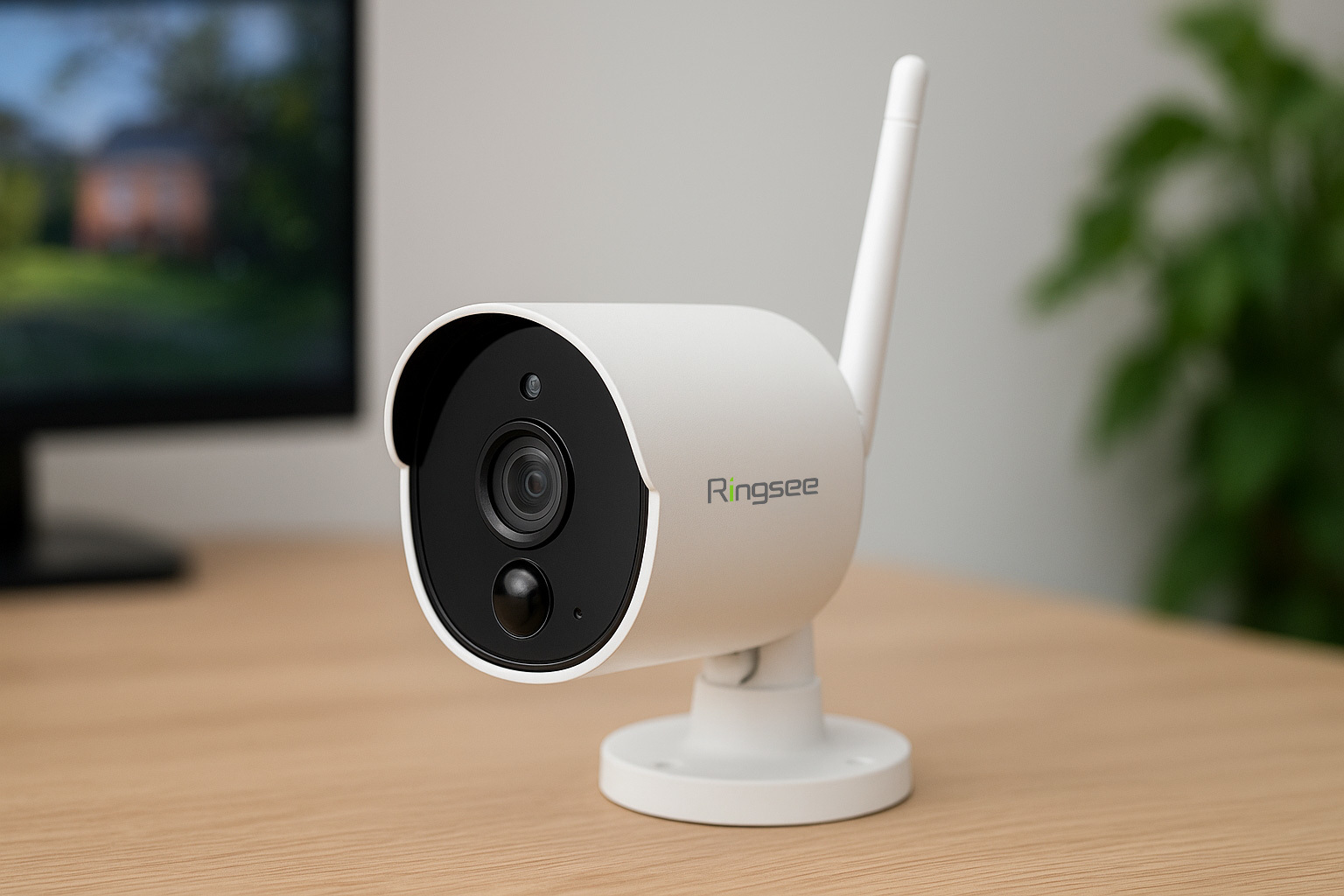
Risks and mitigation
Geopolitical risk: Sanctions and export controls can restrict component sourcing or market access—mitigate with diversified suppliers and alternative components.
Privacy & regulation: Stricter privacy laws and procurement rules in some countries require transparent data-handling and strong security posture.
Commoditization: Hardware margins compress; differentiation through software, services, and integration is essential.
Bottom line (key takeaways)
China’s security camera market is large and still growing — driven by public projects, commercial upgrades, and rapidly improving device intelligence.
Market concentration persists at the top, but the ecosystem of OEM/ODM manufacturers remains a global competitive advantage.
Edge AI, hybrid cloud architectures, and connectivity (cellular + 5G) are the dominant technology trends shaping product evolution.
Geopolitical and regulatory pressures are material factors for export-oriented companies and will influence strategy, distribution, and supply chains for the foreseeable future.
Prev:
Related News
Can Wildlife Cameras Recognize Specific Animals? The Rise of AI-Powered Detection in Conservation
Discover how AI-powered wildlife cameras are transforming animal recognition and species monitoring. Learn how intelligent camera systems—like those developed by Ringsee—can identify, classify, and even track individual animals to support global conservation efforts.
Oct 11,2025
How China’s Security Camera Market Is Evolving: Scale, Players, and Strategic Trends
In-depth analysis of China’s security camera market in 2025: market size, leading vendors, edge-AI and connectivity trends, OEM opportunities, and regulatory/export risks that shape global supply chains.
Oct 11,2025
How a 4G Solar Camera Protects Your Vacation Home Year-Round
Discover how 4G solar cameras keep your vacation home secure all year, even in remote areas without WiFi or power. Learn how Ringsee, a trusted Chinese manufacturer, offers reliable solar-powered security solutions for holiday homes.
Oct 10,2025
How Solar-Powered Wildlife Cameras Are Changing Conservation: What to Know & What to Buy
Explore how solar-powered wildlife cameras are transforming conservation and biodiversity research. Learn key buying tips, essential features, and discover trusted manufacturers like Ringsee—China’s expert in low-power solar wildlife monitoring systems.
Oct 10,2025
The Ultimate Guide to Solar Trail Cameras: Capturing Wildlife Without Hassle
In this guide, we cover everything you need to know: what features matter, how to choose the right model, practical tips for deployment, and real world examples of how solar wildlife cameras are already making a difference.
Oct 09,2025
Links:One Belt Power Technology
Add: 14th Floor, Baoshan Building, Longhua District, Shenzhen China.
Privacy Policy | SEO | CitySite | Support: 300.cn Dongguan
COOKIES
Our website uses cookies and similar technologies to personalize the advertising shown to you and to help you get the best experience on our website. For more information, see our Privacy & Cookie Policy
COOKIES
Our website uses cookies and similar technologies to personalize the advertising shown to you and to help you get the best experience on our website. For more information, see our Privacy & Cookie Policy
These cookies are necessary for basic functions such as payment. Standard cookies cannot be turned off and do not store any of your information.
These cookies collect information, such as how many people are using our site or which pages are popular, to help us improve the customer experience. Turning these cookies off will mean we can't collect information to improve your experience.
These cookies enable the website to provide enhanced functionality and personalization. They may be set by us or by third-party providers whose services we have added to our pages. If you do not allow these cookies, some or all of these services may not function properly.
These cookies help us understand what you are interested in so that we can show you relevant advertising on other websites. Turning these cookies off will mean we are unable to show you any personalized advertising.

